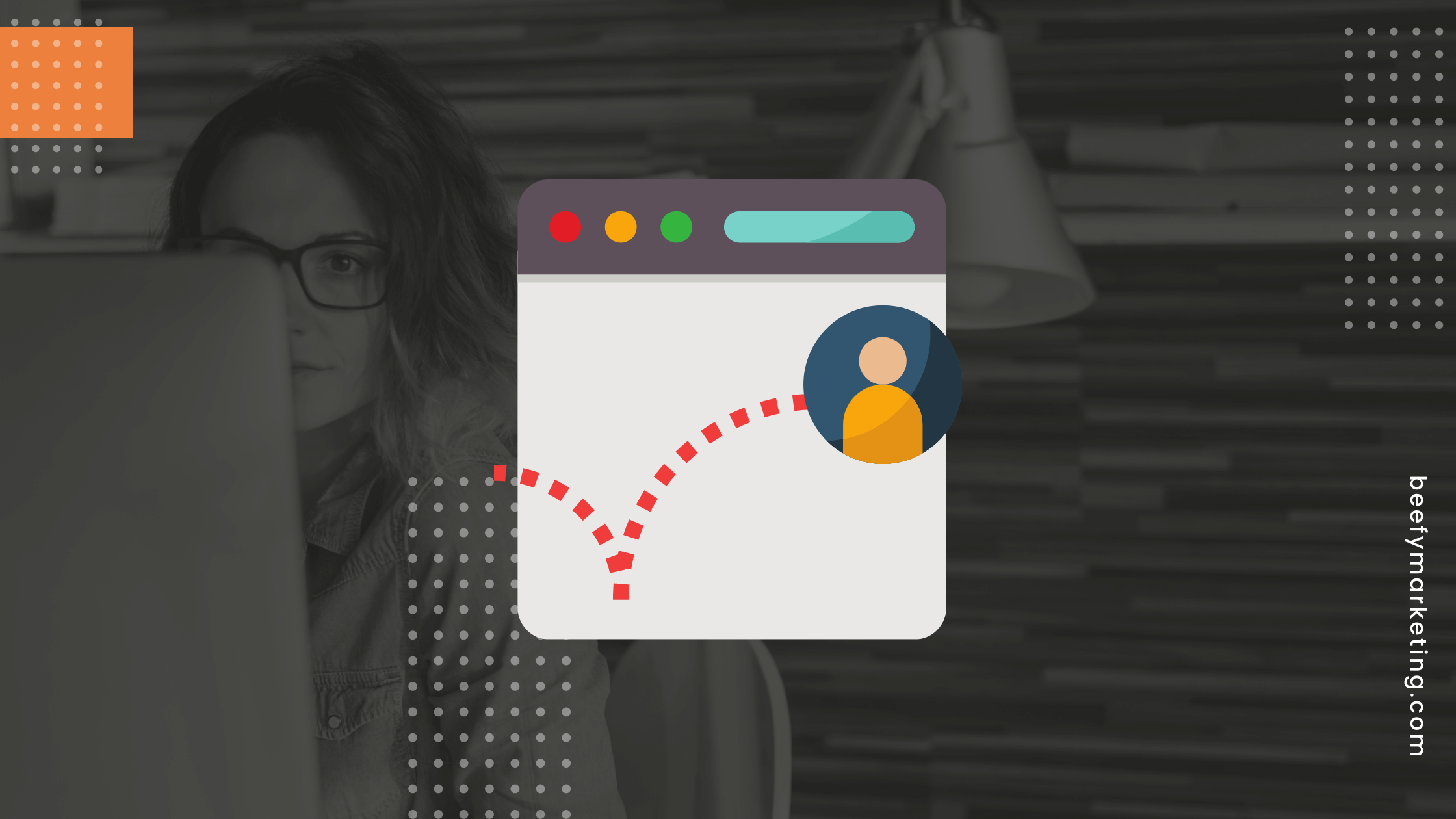Getting people to stick around your website isn’t magic. It’s pure marketing science. But sometimes we don’t do our research. Sometimes, we just keep seeing those leads drop off like flies.
This is your website bounce rate. And you want your bounce rate to be low. Like, almost non-existent.
While there may be reasons why you don’t want people to stick around your website. The majority of business websites are there to sell something. And blogs run on advertising. The longer someone stays the more likely they are to click that ad.
And website bounce rate is different for different industries or different pages.
But, let’s take a look at the different factors that might affect bounce rate. And let’s see if we can’t get yours to an acceptable level.
1. Your Website Bounce Rate Is Low Because TL;DR
A lot of people go to the internet to quickly glean information. Some people do want deep content. But those people have time on their hands. Most people don’t have time on their hands.
If you love to write, and blabber on and on and on about a topic without end, ad infinitum… you might have a low website bounce rate.
You might have heard that blogging is a great way to draw traffic to your webpage. But, if your blog is a messy block of indecipherable text, people are going to take a glance at it and say, “naw.” They are going to bounce right on out of there.
Instead of that, do this: Make your content skimmable.
You want everything up front and easy to access. Why do you think listicles are so popular? They are quick bits of information you can digest quickly.
Break your content up into listed headers. Even if your content isn’t a listicle. Act like it’s a listicle. Content is easier to skim when it’s broken into smaller sections.
Write in short paragraphs. Forget what your English teacher told you about paragraphs. It’s complete rubbish. Unless you are writing an essay for an essay contest. Throw out the traditional.
Throw out the traditional.
2. Honesty Counts
You really do want people to get what they came for, right? If someone clicks on an ad for puppy adoption and they land on an oil supplement page, they aren’t going to suddenly say, “oh, hey! I really wanted to buy oil supplements instead of adopting a new puppy!”
So, if you are being dishonest with you ads, not only will that kill your SEO/SERPs on Google, it will increase your website bounce rate in very very bad ways.
Instead, create ads that tell people exactly what they are clicking on. Make sure that it targets the right people. Then you will actually see conversions instead of people leaping off your landing page faster than a herd of lemmings.
3. Advertisement Bombing
Sorry, but people don’t go to your site to get advertised to. They just simply do not. So, if you are blasting their monitors with a thousand pop-ups about unrelated stuff. If you have two hundred adverts with cheesy animations bouncing all around your scantily written content. You might have a low website bounce rate.
Instead, be tactful with your advertising. Place ads to the side. Still in plain view, but where people can casually glance over while reading or skimming your content.
Also, be relevant. The average click-through rate of display ads is only 0.06%. So, really, blasting people with irrelevant ads will only serve to dampen that statistic. You want to be relevant and scarce when it comes to ads. You want them to be effective and not off-putting.
4. Slow And Steady Does Not Win The Race
400 milliseconds. That’s the Doherty Threshold. A computer gold standard where people decide to do something else if the computer doesn’t respond within that time frame.
Your website should follow a similar principle. But if it doesn’t, if your website takes forever to load, then you might have a low website bounce rate.
You want to make sure your web host is fast. Cheap web hosting can be fraught with horrible speeds. This is what you want to avoid.
Another way to avoid too many images. Or too large of images. When your website loads an image, it makes a request on the server. Too many requests equal too much data equals a clogged server.
Again. Custom fonts. These are things that have to be downloaded before you browser can even load them. Use the normal everyday fonts websites use. Don’t go all fancy on your customers.
Javascript is for the early aughts. Really. Too much javascript will slow down your webpage like a turtle. If people have to sit around and wait for a webpage to load, they’ll go elsewhere. Guaranteed.
5. No Call To Action
If people get to your webpage and have no idea what to do, you might have a low website bounce rate.
People sometimes need a little nudge in the right direction. If they don’t have that, they may scroll for a second and then bounce away.
Strangely, only 47% of webpages have a call to action button. But if you add one, if you tell people, “hey, sign up for this newsletter to get cool free stuff!” They most likely will. Or, at least some of them.
So, instead of allowing your users to wander around unaided, give them something compelling. Compel them to action. That’s exactly what a call to action is all about.
Another way to get them to click around and not leave, reverse psychology. Tell them to just go away. Tell them “don’t click this button. You certainly don’t want this cool free stuff.” It works. People really do fall for it.
Not like it’s actually a trick or anything. The “trick” is super apparent. But people are really rebels at heart and want to disobey at every chance they can. Give them permission to be a rebel.
The Beef
If you avoid the above things. If you do the right things with your webpage. You are going to see the bounce rate drop like crazy. Just do it. You won’t regret it. Want to know if your website is optimized correctly? Schedule a call for a free site review!



